Welcome home
Flying brings students at DSU together
“DSU is the best-kept secret in Delaware,” says Andrew Spagnolo of Middletown, Delaware, who is finishing up his degree at the university and will start next spring in the Marine Corps, where he is set to fly fighter jets. He started college at the University of Delaware, up DuPont Highway in Wilmington. Even though he grew up in the state, he did not know DSU existed until his younger brother was recruited to play baseball there. Delaware is the nation’s second smallest state at only 2,491 square miles.
In an industry where 93 percent of professional pilots and flight engineers are white, Delaware State’s flight program offers opportunities and support to students from a variety of racial, ethnic, and socioeconomic backgrounds.
Established in 1891 as Delaware College for Colored Students by the Delaware General Assembly through a land grant to offer college to African-Americans, DSU established its aviation program in 1987 under the guidance of Dr. Daniel E. Coons (see “Aviation History at DSU,” p. 35). More than 50 percent of its 4,600 students are black, and it has a diverse makeup including Hispanic, international, and “Dreamers.”
“The typical student at DSU is a first-generation college student,” said Chief Flight Instructor John Sherman. “Most have never thought they could get a degree, let alone learn to fly and make a career.”
On the flight line
The main campus of DSU looks like most historic East Coast colleges—stately brick buildings with columns, grassy quads with students carrying backpacks strolling through tree-lined passageways. Its 356-acre campus is located off DuPont Highway in Dover, Delaware, midway through the state. The aviation program is located about 8 miles away in the terminal at Delaware Airpark (33N). The place is humming; it’s been six days straight of bad weather (thanks, Hurricane Florence) and everyone wants to get in the air.
The “Smurf fleet” of baby-blue-painted Piper Warriors and Archers are in preflight, taxiing to the runway, taking off and landing, and being attended to by a diverse group of young pilots. In his glass-walled office “Chief” Sherman looks out at the flight line. At 59, he has run this program since 2011 after teaching flight training since he was in college. He’s a pull-no-punches kind of guy who clearly loves the program.
“My greatest goal is to see these young men and women mature into professional pilots,” he says.
“Our chief and assistants provide us their experience of flying from the real world, which better helps prepare us with our careers,” said 22-year-old Maurice Ellis from Baltimore, Maryland. “I have come to realize that many pay for the name of various schools, but you end up with getting the same education. Delaware State University is providing me with an affordable route to get to where I would like to be in the upcoming decade. It has an aviation program with a family-like atmosphere where we all want to see each other succeed.”
The director of the aviation program (two tracks—professional pilot and aviation management) is retired Lt. Col. Michael Hales. A former U.S. Army Black Hawk helicopter pilot, Hales is brimming with enthusiasm. He’s been on the job for two years and practically bounces with joy. “Best job I’ve ever had,” he said.
Hales brings to the program an interesting background of starting flight schools in international venues such as Colombia, South America, and Iraq. He grew up in Dayton, Ohio, so aviation is in his blood. “I love student success; I love the training environment; I love to see students achieve their goals,” he said.
Hales also emphasizes cost-effectiveness. Not only is DSU reasonably priced (in-state tuition is about $7,000 per year; out-of-state $17,000), but the school is upfront and consistent with its flight training fees (between $3,255 and $9,486 depending on the program). Hales said he sees inconsistency in other programs and wants to ensure his students are treated—and charged—fairly. “There is no bait-and-switch here,” he said. “When we talk to parents and they say how much is it really going to cost, we are transparent. I make sure that happens.”
Paying it forward
What sets DSU apart is its alumni. These students don’t tend to forget where they came from. Abdul Kalejaiye is the oldest of four children born to Nigerian immigrants who live in Brooklyn, New York. He was the first to go to college. Now a first officer for Republic Airlines, he returns often to the campus to encourage students, share his success—and recruit for Republic.
“Knowing I am helping someone realize their dream like someone helped me—that’s important,” said Kalejaiye. “A kid like me who didn’t know about the opportunities in aviation or how to achieve them—a lot of alumni come back to lead the way.”
The alumni at DSU are active, returning often to hang out with current students and volunteer with anything that needs doing at the school. They are great supporters of the DSU flight team and attend events, flyovers, and fundraising events.
DSU alumni are represented at every major and regional airline in the United States, said Hales. “What’s fascinating is how they are completely invested in seeing other students succeed. They want to help; they want to give back.”
DSU-Aviation welcomed its largest freshman class in September 2018. “It’s a fantastic time to be a pilot,” Sherman said.
“Because DSU is a HBCU, it provides a sense of ownership, a sense of place,” said Kalejaiye. “To see others like me striving like I am, that’s important. It’s not the biggest school but it’s important to have a home—DSU is a home.”
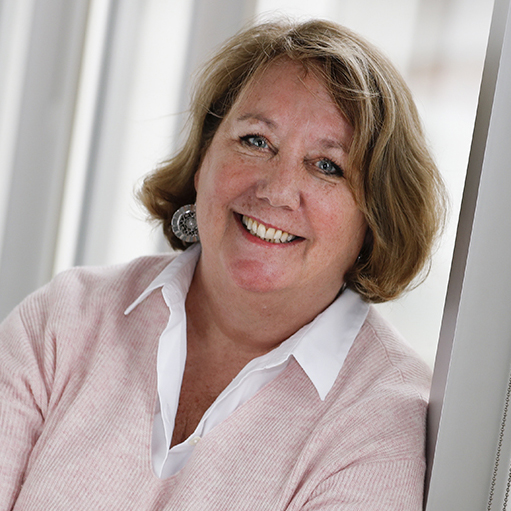
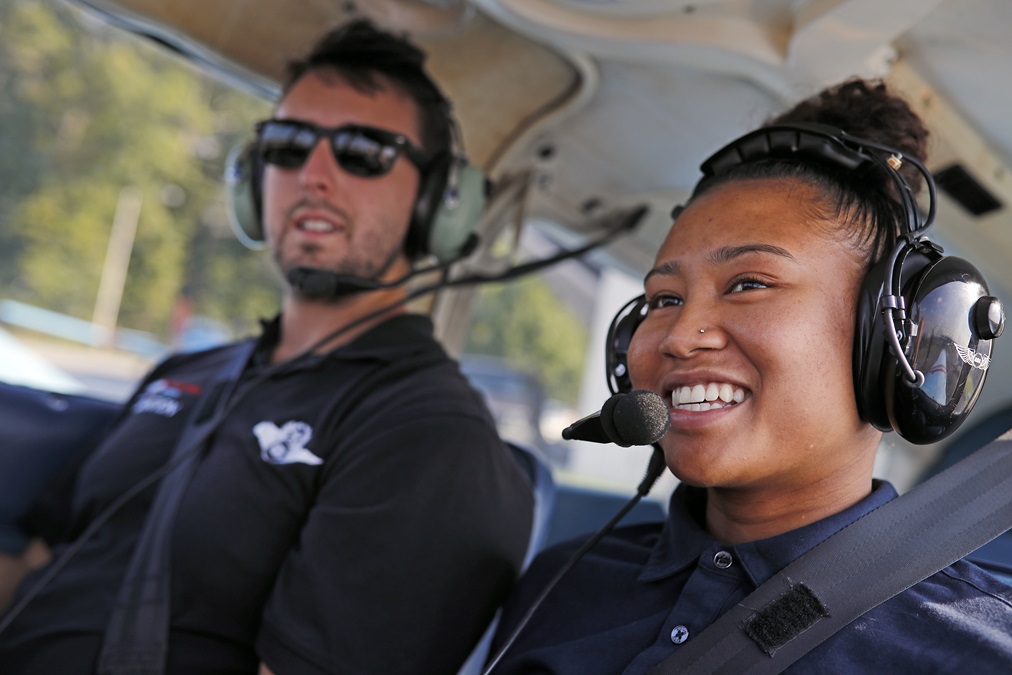
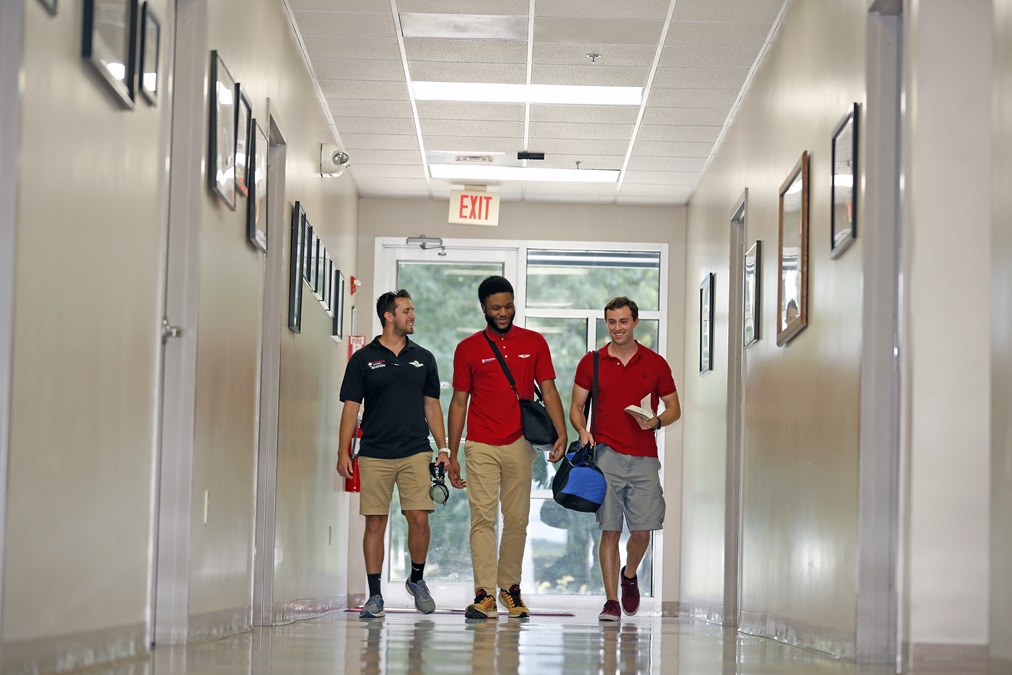
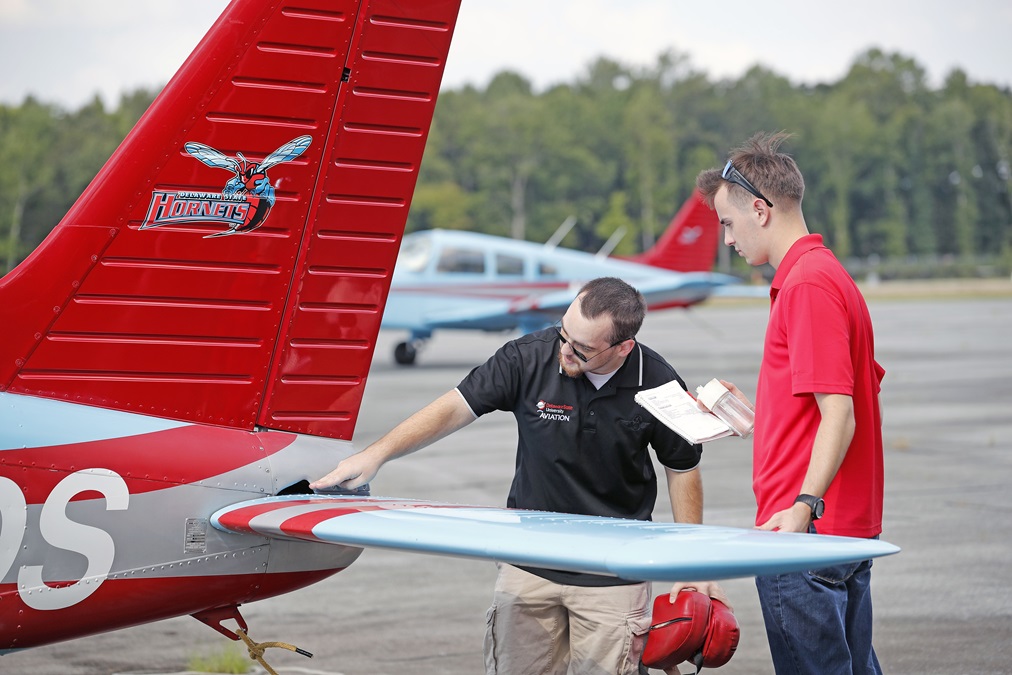
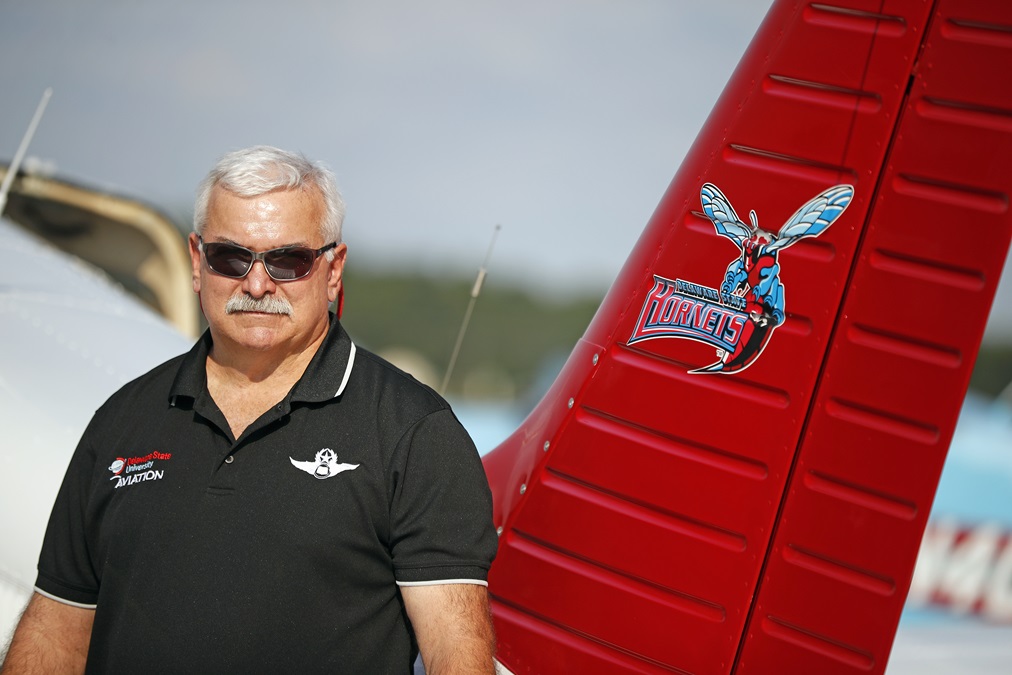
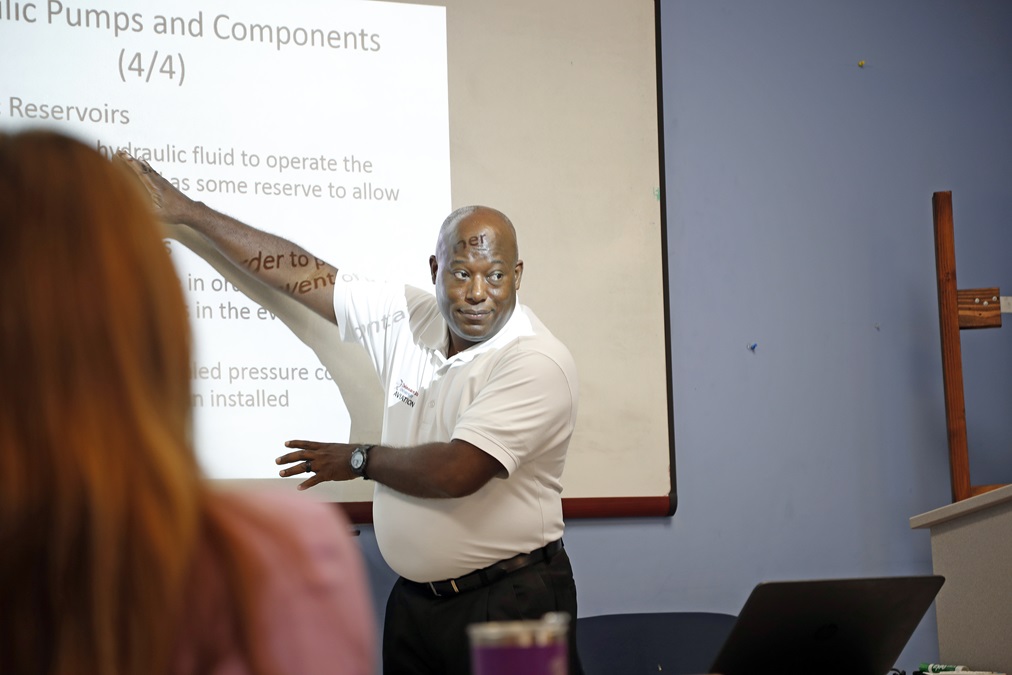
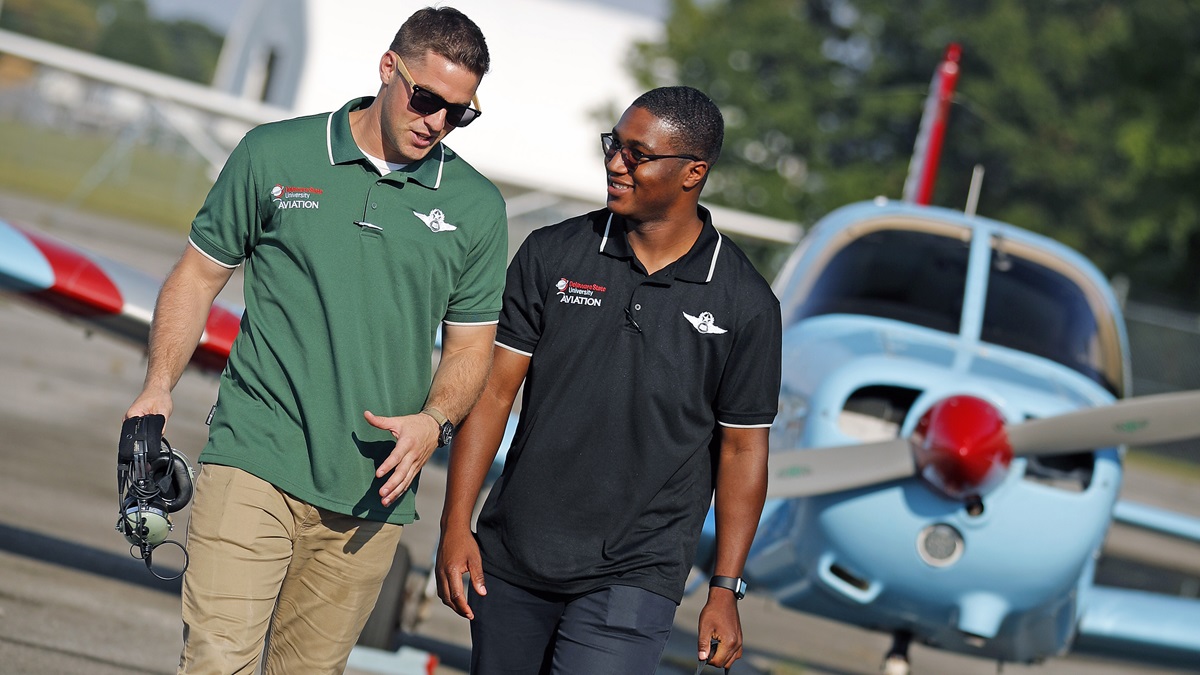
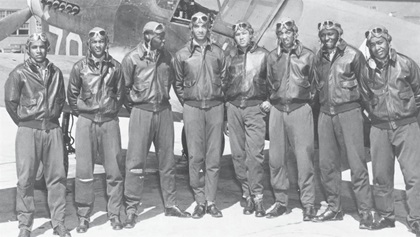 In 1939, the United States funded and introduced the Civilian Pilot Training Act. Other European nations, particularly Nazi Germany, had begun similar programs, claiming they were civilian in nature when their motives were militaristic. This was a threat to the United States, so the Civilian Pilot Training Program (CPTP) was put into effect. The CPTP’s purpose was to train approximately 20,000 pilots each year to prepare for the impending global conflict. As the possibility of war became more of a reality, the United States became increasingly desperate for pilots. To recruit as many potential pilots as possible, the program accepted African-Americans and women. This decision was a major step in the direction of desegregation and civil rights. The CPTP gave African-Americans and women unprecedented opportunities in aviation. Pioneering black fliers campaigned hard for public awareness of their abilities, and their efforts paid off with an antidiscrimination rule within the CPTP, a landmark in racial equality for blacks in aviation.
In 1939, the United States funded and introduced the Civilian Pilot Training Act. Other European nations, particularly Nazi Germany, had begun similar programs, claiming they were civilian in nature when their motives were militaristic. This was a threat to the United States, so the Civilian Pilot Training Program (CPTP) was put into effect. The CPTP’s purpose was to train approximately 20,000 pilots each year to prepare for the impending global conflict. As the possibility of war became more of a reality, the United States became increasingly desperate for pilots. To recruit as many potential pilots as possible, the program accepted African-Americans and women. This decision was a major step in the direction of desegregation and civil rights. The CPTP gave African-Americans and women unprecedented opportunities in aviation. Pioneering black fliers campaigned hard for public awareness of their abilities, and their efforts paid off with an antidiscrimination rule within the CPTP, a landmark in racial equality for blacks in aviation.

